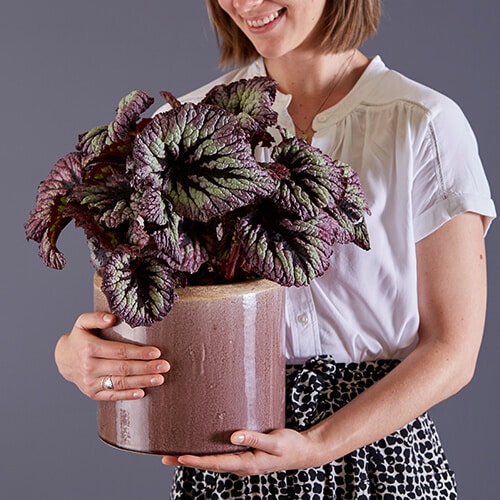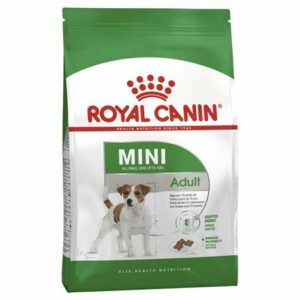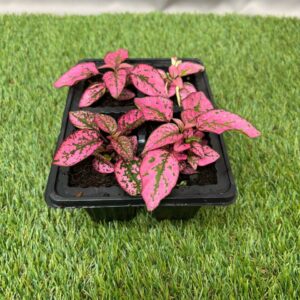6 low-maintenance plants for the first-time gardener
DIY and how-to

Whether you’re starting out as a gardener or just time-strapped, this list of low-maintenance garden and indoor plants with detailed care guides is just for you.
DRACAENA (SONG OF INDIA)
Known for its stripy green and lime-coloured leaves, the versatile dracaena is both an attractive addition to your indoor and outdoor space and a top air-purifying plant that will make your friends and family green with envy.
What type of light does dracaena thrive in?
- These plants thrive in semi-shaded areas.
What soil does dracaena like?
- Potted dracaenas grow best in well-draining potting soil for houseplants.
How much water does draecana need?
- The dracaena requires less water than most indoor plants. Water only when the top layer of soil is starting to dry out. Ideally, the soil should be kept moderately moist.
What fertiliser do you need to give your dracaena?
Feed with a water-soluble houseplant nitrogen-, phosphorus and potassium-rich 3:1:2 fertiliser every two weeks.
Expert tip
- Dracaenas can grow up to 3m tall, but you can trim the top with a pair of sharp secateurs if you prefer to keep it shorter.
CONIFERS
One of the best low-maintenance plants, the conifer is hassle-free, will enhance the beauty of any garden and is perfect for building up your confidence in gardening. Conifers are available in a wide variety of shapes and colours, such as lime yellow, gold and silver.
What type of light do conifers thrive in?
- Conifers should be planted in a sunny spot in the garden, although the dark green and silver varieties will survive in dappled shade.
What soil do conifers like?
- Plant conifers in medium- to well-draining soil enriched with compost and mulch.
How much water do conifers need?
- This plant is both waterwise and drought-tolerant. In the first few weeks, check the plant every 2–3 days and water when the soil feels dry. After 3–6 months, it can be checked less frequently and will require water only during periods of prolonged drought.
What fertiliser do you need to give your conifers?
- Conifers are not heavy feeders, but are sensitive to chemicals, so only need to be fed monthly with an organic fertiliser.
Expert tip
- Treat your conifer with an insecticide such as Metasystox fortnightly between March and August to ward off cypress aphids. This can be sprayed on or watered in at the base of the plant.
DEVIL’S IVY (GOLDEN POTHOS)
Named devil’s ivy because it’s nearly impossible to kill, this is the go-to plant for the first-time gardener. This pothos plant is an air purifier and its decorative vines make pretty hanging displays in high spots.
What type of light does Devil’s ivy thrive in?
- Devil’s ivy thrives in low light, making it perfectly suited for indoor gardening.
What soil does Devil’s ivy like?
- Plant in well-draining cactus potting mix and line the base of the pot with pebbles to encourage drainage.
How much water does Devil’s ivy need?
- Devil’s ivy requires a moderate amount of water. Keep the soil fairly moist, but avoid soaking it completely.
What fertiliser do you need to give your Devil’s ivy?
- Feed every two weeks with a rich liquid fertiliser during summer, and once a month during winter.
Expert tips
- Repot your devil’s ivy every two years in a slightly larger container. If you have pets, keep the plant out of reach, as it may be poisonous to them.
FERNS
Ranging from maidenhair to the leatherleaf, the fern is a wondrously diverse species and will reward you with spectacular foliage. It grows well as ground cover under trees, but can also be placed in hanging baskets.
What type of light do ferns thrive in?
- Ferns are ideal for shady areas in your garden: they require filtered shade and dappled sunlight such as that found under large, open-branched trees.
What soil do ferns like?
- Opt for organic, porous soil that is rich in humus.
How much water do ferns need?
- Ferns love water. But to cut down on using too much water unnecessarily, place ferns in shady areas. If you plan on keeping ferns indoors, the best place for them is the bathroom, as the moisture helps keep the plants hydrated.
What type of fertiliser do you need to give your ferns?
- Fertilise once a month with nitrogen-rich organic plant food.
Expert tip
- If your ferns are looking weary due to dehydration, add a solution of Epsom salts, tea and water to the soil.
BEGONIAS
Known for beautiful flowers and decorative leaves, begonias are easy to grow and they flower throughout the summer and add a burst of colour to your space.
What type of light do begonias thrive in?
- Begonias flourish in medium light and well-ventilated spaces.
What soil do begonias like?
- Use a soil that is slightly acidic and porous. Generally, an organic potting mix works well.
How much water do begonias need?
- Water your begonias at the base to avoid the possibility of fungal diseases.
- Keep soil moist, but not wet. Once the top 20cm of the soil has dried out, you can water it again.
What type of fertiliser do you need to give your begonias?
- Feed begonias once a week with a liquid fertiliser such as Multifeed or Nitrosol.
Expert tip
- Trim any broken stems and leaves with secateurs to promote renewed growth.
SUCCULENTS
Succulents are hardy, drought-tolerant and not fussy at all, making them incredibly low-maintenance plants. They’re fitting as decoration for little nooks in your home and garden, or as table centrepieces. Best of all, they’re the starring feature in a stunning waterwise rock garden.
What type of light do succulents thrive in?
While succulents grow better when they’re not exposed to direct sun, there are some pointers to bear in mind:
- If new growth is pale green and elongated, your succulent will need more light.
- If the light-facing side of your plant is turning yellow, tan or red, or has become indented, your succulent is getting too much light.
How much water do succulents need?
- During the warmer parts of the year, they should be watered once a week. Rather than water in dribs and drabs, wait until the soil is completely dry, then give the plant a good drenching. Once you’ve done this, empty the saucer beneath the pot so that the roots don’t sit in excess water.
- Succulents go into a dormant phase during winter and generally need water only once a month.
What soil do succulents like?
- Succulents are best grown sandy, porous soil that allows food, water and air to get to the roots – and allows water to drain through.
What type of fertiliser do you need to give your succulents?
- Strictly speaking, succulents will survive without you feeding them, but providing nutrients with a low-nitrogen fertiliser will promote healthier, faster growth. Fertilise indoor succulents at half of the recommended rate and only once a year. Outdoor succulents can be fed more often during their active growing period.
Expert tip
- Succulents struggle in stagnant air, so ensure your plants have access to good air circulation.
You might also like
Shop online
-
- Sale!
MINI ADULT 2KG
- Original price was: R348.99.R279.19Current price is: R279.19.
- Add to cart Learn More




